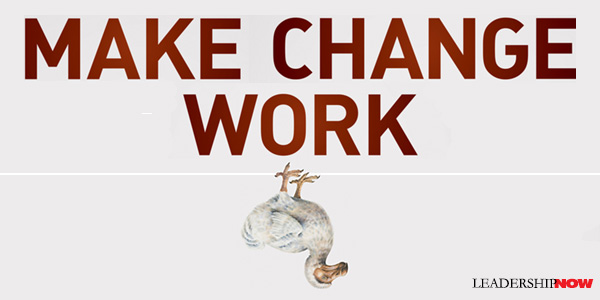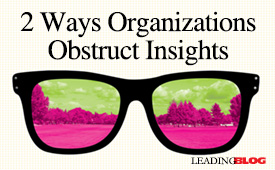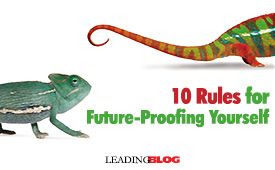 |
 |
05.02.14

Make Change Work
“People want to be led through change, not managed through it,” says Randy Pennington. Processes are an important left-brain activity, but people want to be led into the unknown which is a right-brain and often messy activity. Change leadership is a decidedly right-brained activity. When it comes to people, the shortest distance between two points isn’t necessarily a straight line. It is often a stroll or two around the block. And that takes real leadership. Make Change Work by Randy Pennington is a change handbook informed by a good grasp of human nature. In other words, it is extremely helpful in implementing change in the real world with real people.Pennington presents the well-reasoned, tactical side of change while incorporating the emotional—“it depends”—side of change leadership. It’s the human side that Pennington weaves in so well – and so clearly – that makes the tactics work. His approach helps you to understand what you are doing “big-picture” when trying to implement any change personally or organizationally. In that regard it is an invaluable book for anyone at any level. Pennington deals with six fundamental principles that make it difficult for people and organizations to change:
Pennington writes, "There is an adage that past performance is the best predictor of future performance. That happens because most of us are not very good at thinking clearly about the opportunities presented by change."
On the other hand, coyotes are known as:
The dodo bird is extinct because it was perfectly suited to thrive in a world that ceased to exist when humans entered the picture. Coyotes, on the other hand, have flourished in a world where there are constant threats to its very survival because they continually adapt. Which one are you? Leaders who can make change work will be in constant demand. Make Change Work is about how to lead change, not manage it. Excellent material. 
 
Posted by Michael McKinney at 06:30 PM
|
BUILD YOUR KNOWLEDGE


How to Do Your Start-Up Right STRAIGHT TALK FOR START-UPS 
Grow Your Leadership Skills NEW AND UPCOMING LEADERSHIP BOOKS 
Leadership Minute BITE-SIZE CONCEPTS YOU CAN CHEW ON 
Classic Leadership Books BOOKS TO READ BEFORE YOU LEAD |